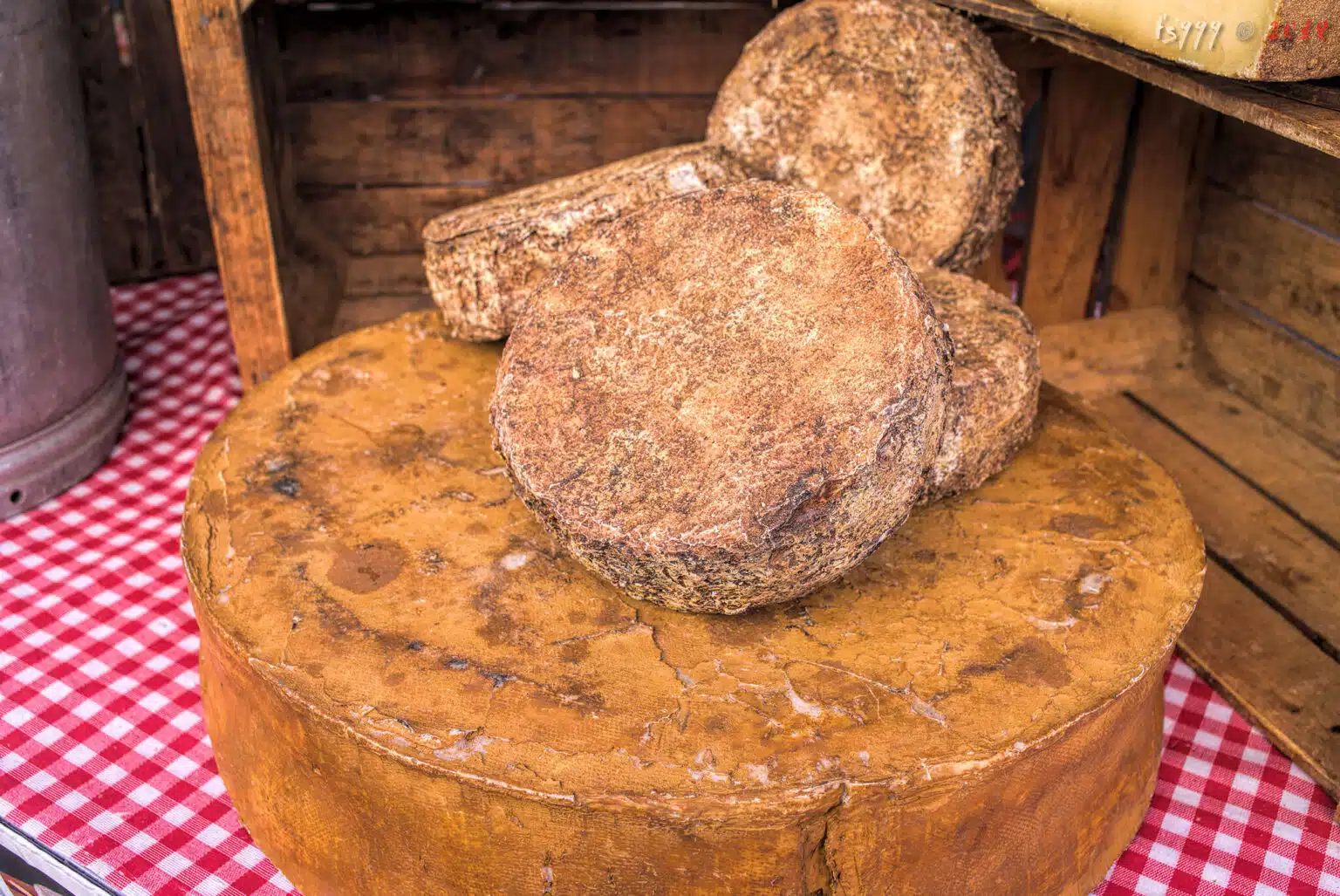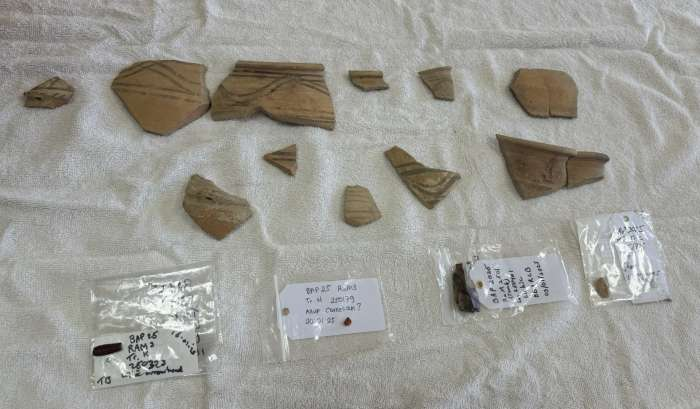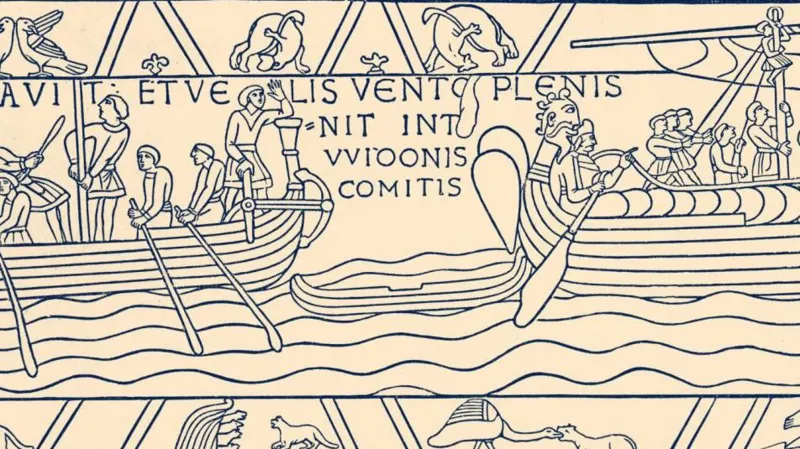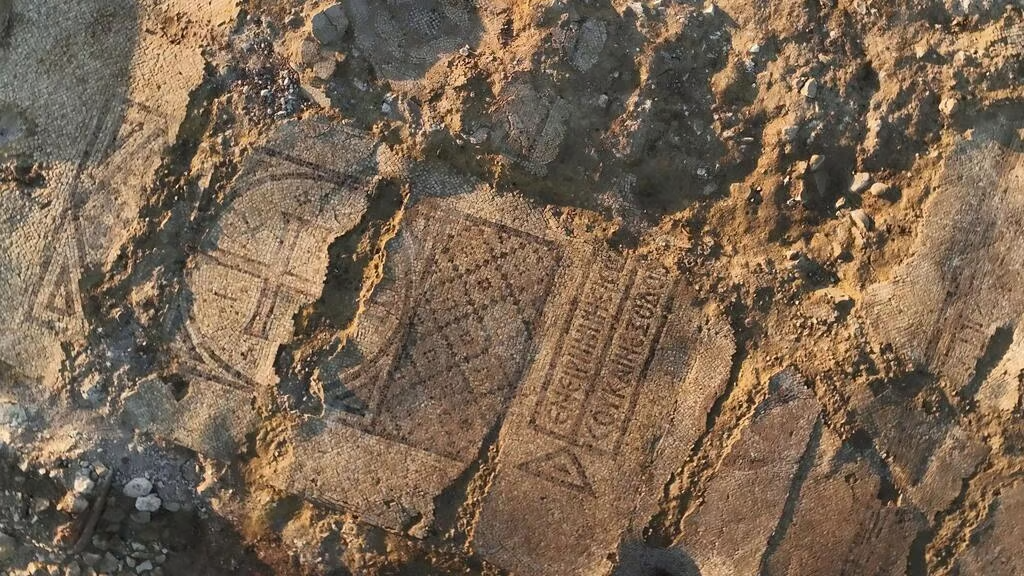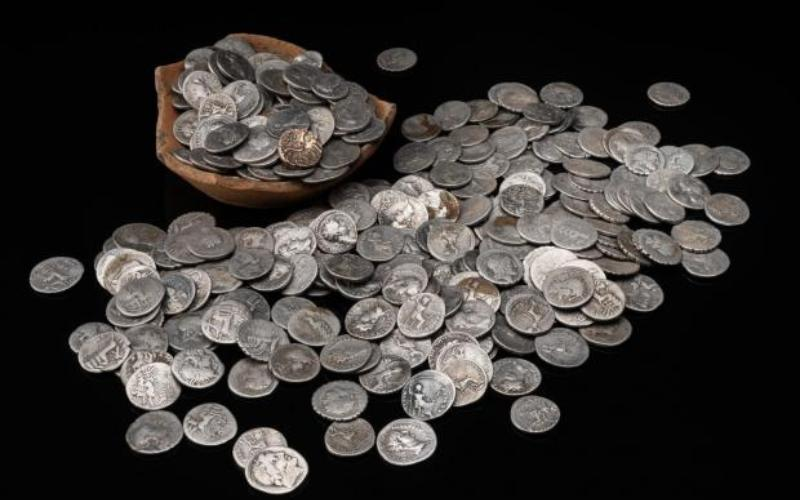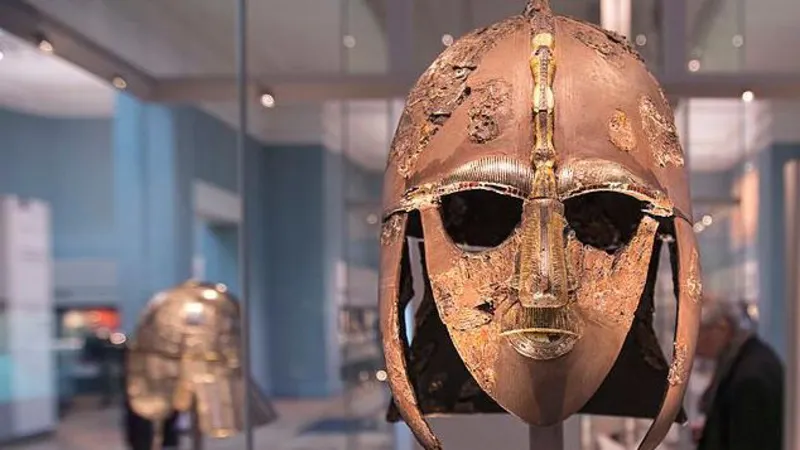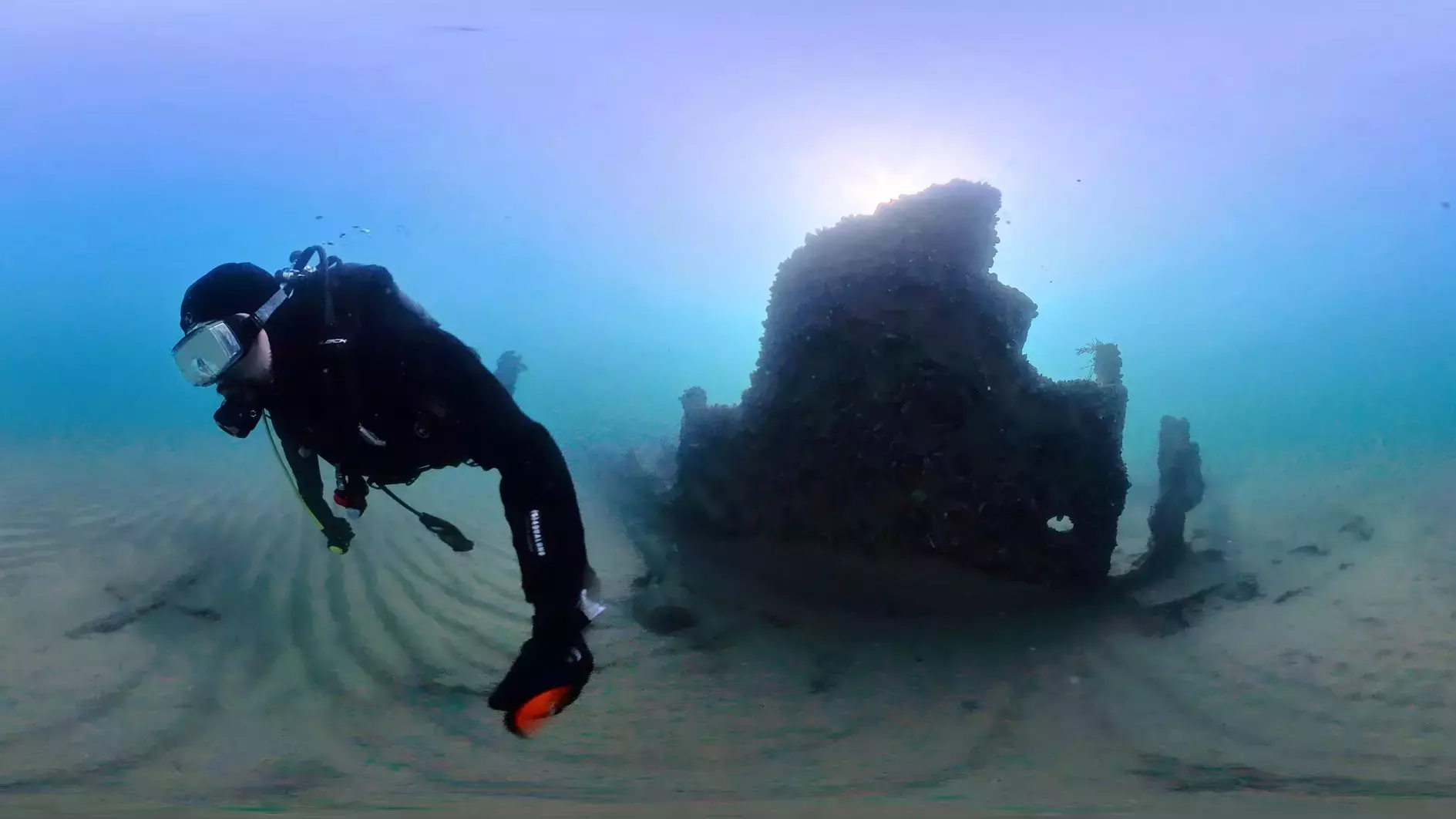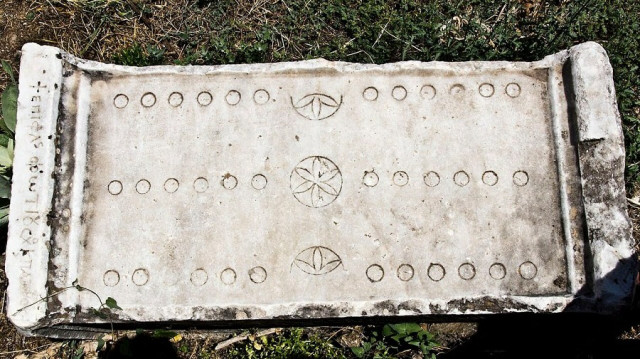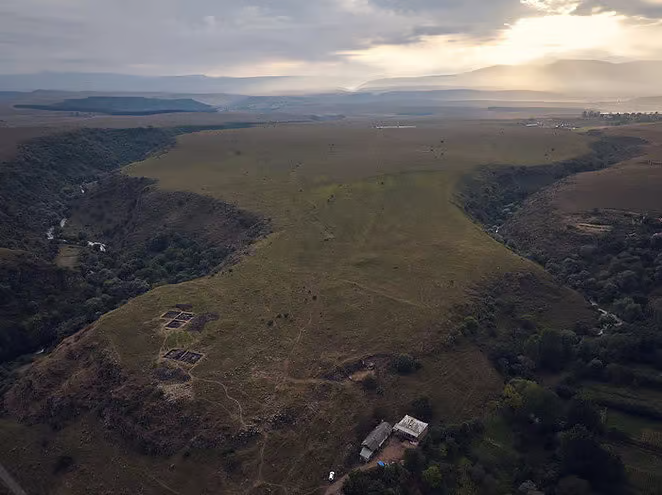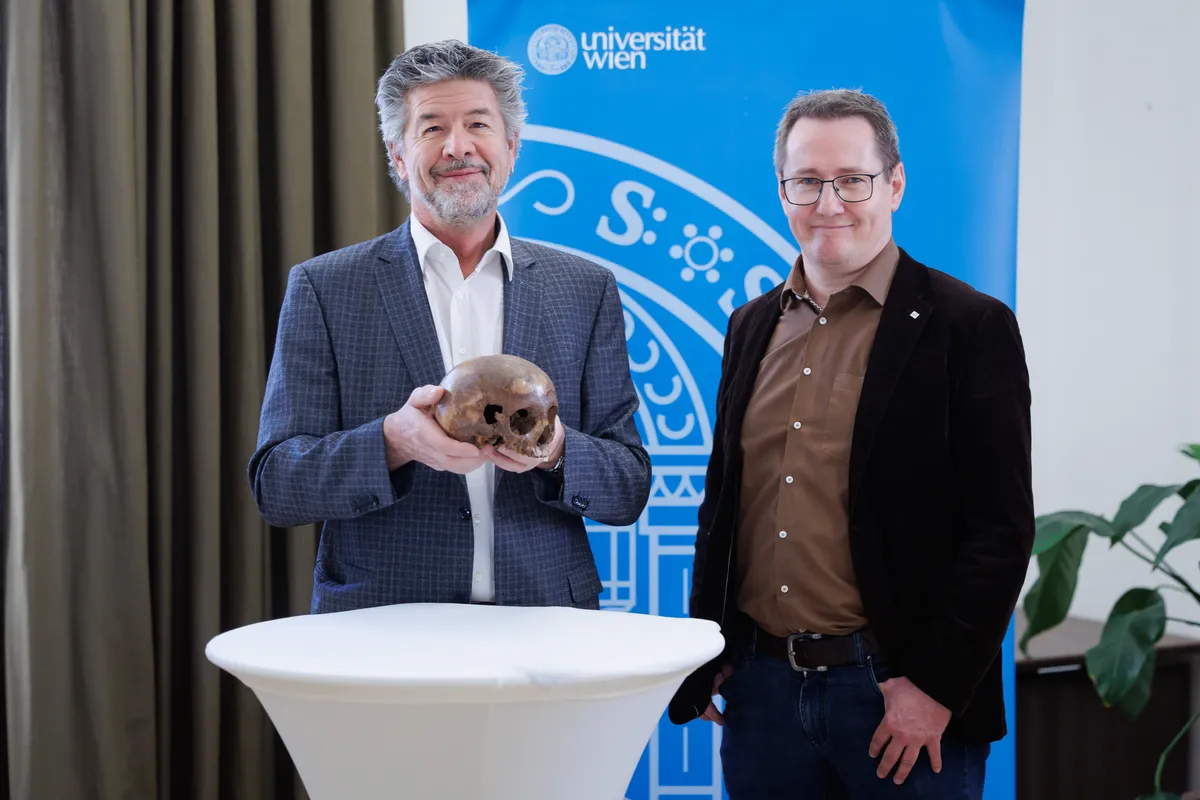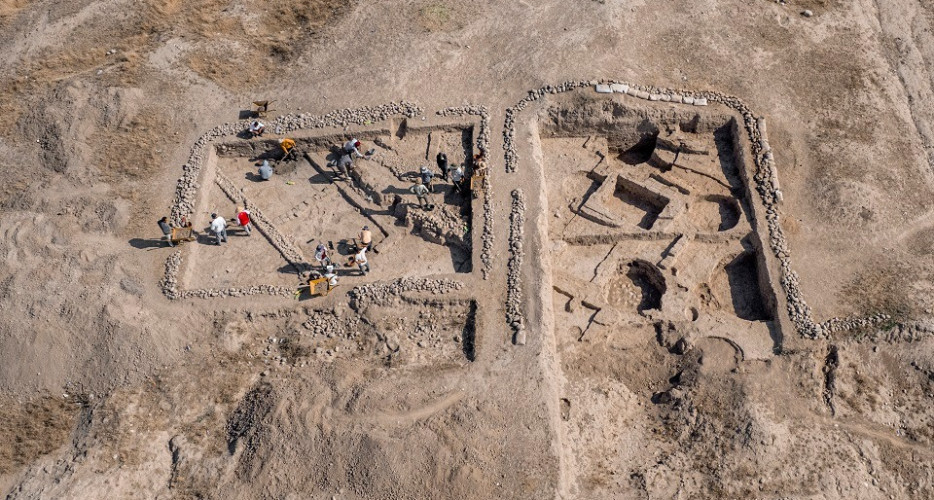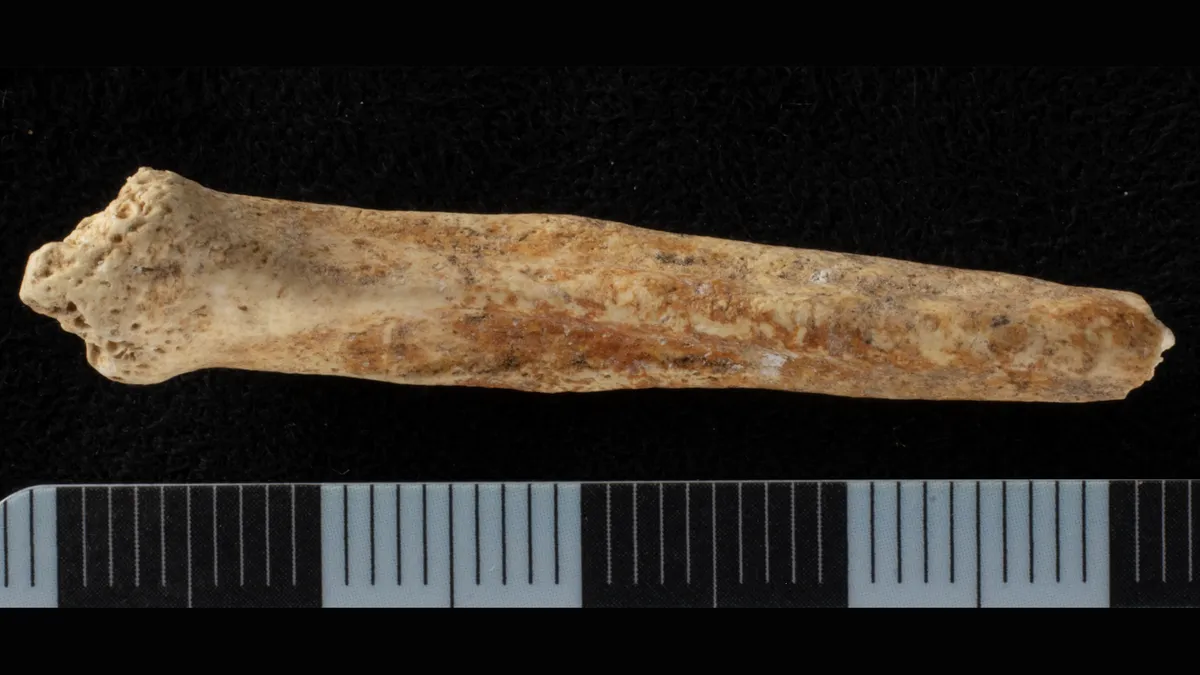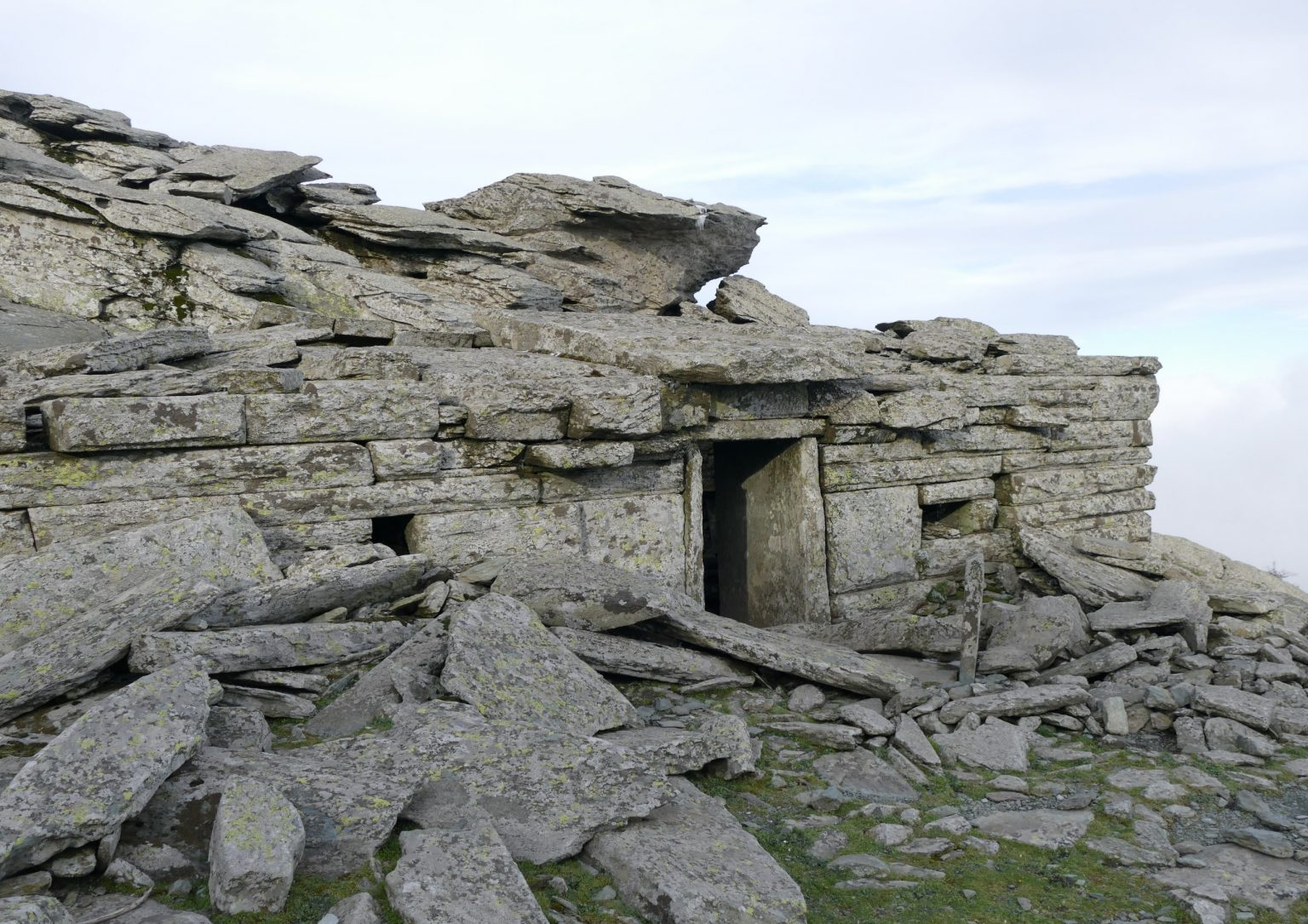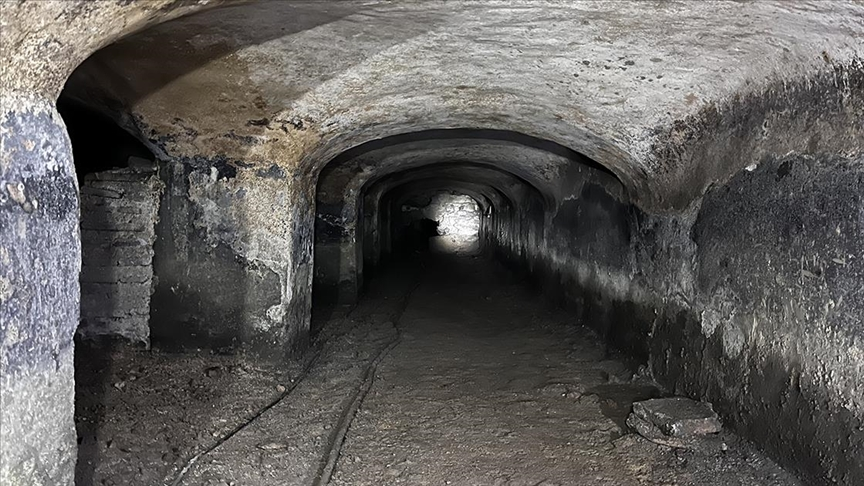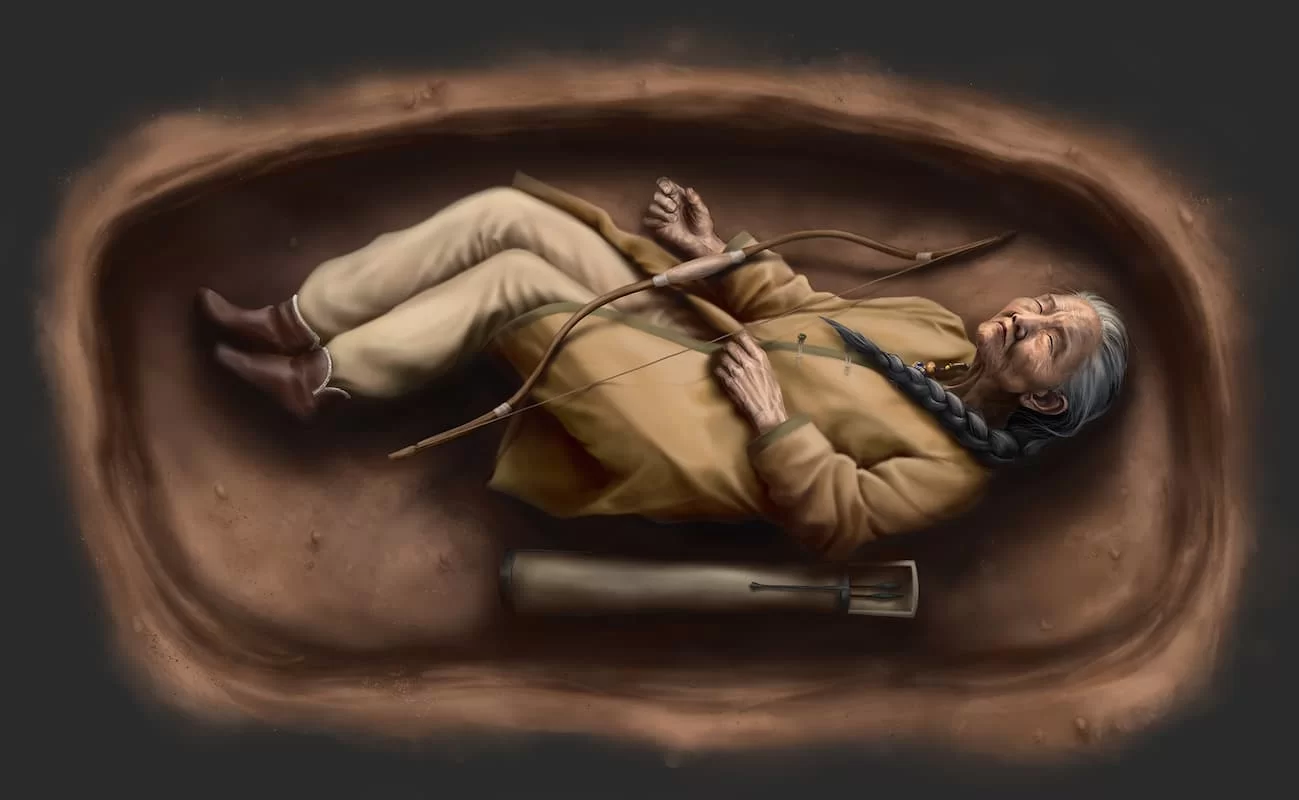A Remarkable Archaeological Discovery
Archaeologists in China have uncovered a vast and uniquely structured cemetery dating back to 2800-2600 BC in the Xinjiang Uygur Autonomous Region. Situated about two kilometers southeast of the Husita site, this burial ground offers valuable insights into early Bronze Age societies.
One of the most significant findings is a tin-bronze knife, which stands as one of the oldest bronze artifacts in China and among the earliest tin-bronze objects discovered in the Eurasian steppe. This remarkable discovery sheds light on the region’s advanced metallurgical techniques and cultural exchanges during that period.
An Unprecedented Bronze Age Tomb
The newly uncovered cemetery, located in the southeastern section of the Husita site, features a prominent grave known as Tomb 1, or Z1. Measuring 23 by 25 meters and standing approximately 1.2 meters high, this rectangular burial mound is the earliest Bronze Age structure found in Xinjiang. Its southwest orientation and distinctive design set it apart from similar tombs in the region.
Jia Xiaobing, director of the World Archaeological Research Office at the Institute of Archaeology of the Chinese Academy of Social Sciences, highlighted the significance of Z1’s architectural uniqueness. While similar tombs from the same era have been discovered in nearby regions, this particular structure marks a groundbreaking advancement in the study of Xinjiang’s Bronze Age archaeology.
Expanding the Understanding of Bronze Age Culture
Traditionally, square stone-enclosed tombs from the Middle Bronze Age (2600-1800 BC) were primarily found in the Altai Mountains and surrounding areas, whereas those from the Late Bronze Age (1800-1000 BC) were mostly located in the western Tianshan region. The Z1 tomb extends this architectural style to the early Bronze Age in the western Tianshan Mountains, offering new perspectives on the cultural landscape of the region.
The burial site also provides compelling evidence of extensive cultural interactions. Artifacts and genetic materials from the tomb exhibit influences from both the Altai Mountains to the west and distinct elements from the east. This suggests that early Eurasian metallurgy and cultural exchanges were more complex and interconnected than previously thought.
Artifacts Revealing Early Metallurgical Advancements
Alongside the tin-bronze knife, archaeologists unearthed a diverse collection of items, including pottery, wooden artifacts, stone scepters, bone arrowheads, and an assortment of personal ornaments such as earrings, beads, and pendants. These findings highlight the craftsmanship and daily life of ancient societies in the region.
The Husita site, located about 40 kilometers northeast of Wenquan County at the foot of the Alatau Mountains, served as a vital passage for cultural exchange between the East and West. The discovery of metalwork, pottery, and other artifacts further emphasizes the region’s role in early metallurgical advancements.
A Monumental Bronze Age Architectural Complex
At the core of the Husita site lies an expansive stone building complex, surrounded by auxiliary structures and a protective wall. Spanning over 5,000 square meters, this structure is the largest known Bronze Age architectural complex in the northern Tianshan Mountains.
Previous excavations at the site revealed two complete horse heads, providing valuable physical evidence regarding the origins of domesticated horses in China. Additionally, 16 copper artifact sets were discovered, consisting primarily of weapons, tools, and ornaments.
Advanced Metallurgical Techniques in Early China
Analysis of these copper artifacts indicates that 10 of them were composed of tin bronze. These items contained a consistent tin content with only trace amounts of arsenic and zinc, demonstrating a sophisticated understanding of alloying techniques during the period.
Radiocarbon dating of human remains from the cemetery places them between 1682 BC and 1431 BC, aligning with the pottery typology found at the site. These findings provide crucial chronological data that deepens our understanding of early civilizations in the region.
Continuing Research and Global Interest
The discoveries at Husita significantly contribute to our knowledge of prehistoric societies, revealing intricate cultural interactions and technological advancements. Ongoing archaeological research at the site continues to attract both local and international interest, further enriching our understanding of the region’s historical legacy.




